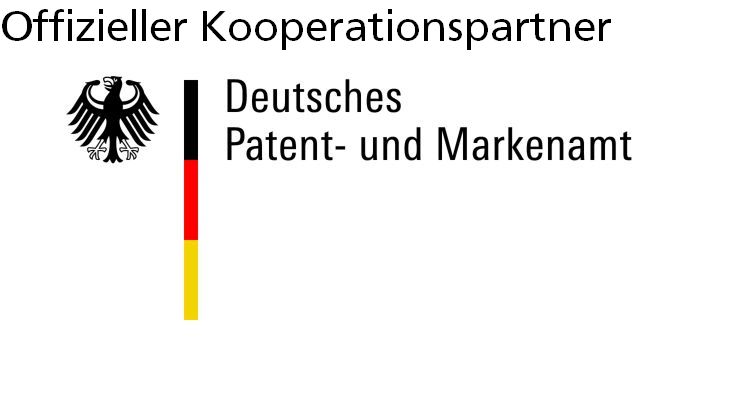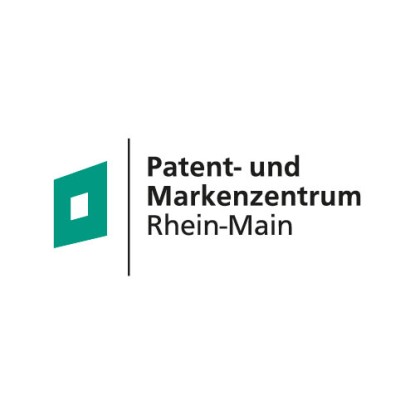Evaluation of revenue from industrial property rights
The revenue aspect is targeted at the future and is often not easy to assess. Three other factors should also form part of the overall assessment:
- Law: What is the legal status of the application and, where applicable, how long will it remain valid? How does it compare with other applications of your own or of your competitors in terms of protectability? Is the content of your application robust or is it open to challenge? What about the enforceability of the IP right in practice? Does protection extend to only one or to multiple countries? Freedom to Operate (FTO) analyses can help here to assess scope for action.
- Technology: How does the innovation rate with regard to technology or product life cycles? Is it more of a basic technical discovery currently experiencing a boom? Or are the best days of this technology already over?
- Business: What is the situation regarding market acceptance? How much market potential does the innovation offer? How realistic is the development of the market?
In the case of large patent portfolios, advanced management methods are therefore applied in order to be able to handle the assessment of multiple IP rights if necessary. Where only a small number of patents, trade marks and protected designs are involved, these methods are often clearly too costly and time-consuming. More qualitatively oriented evaluation procedures can then help to implement more structured portfolio management for SMEs. These should of course be performed on a standardised basis.
These methods of IP rights assessment therefore enable economically sound decisions to be made on the maintenance, surrender or cancellation of an IP right. SMEs are frequently only offered the two options: to continue or relinquish protection. Licensing or sale may also be attractive options if suitable non-competing interested parties exist.
IPscore - Tool zur Bewertung von Patenten, Technologien und Forschungsprojekten
The European Patent Office provides a guide for such an assessment with the free tool IPscore





